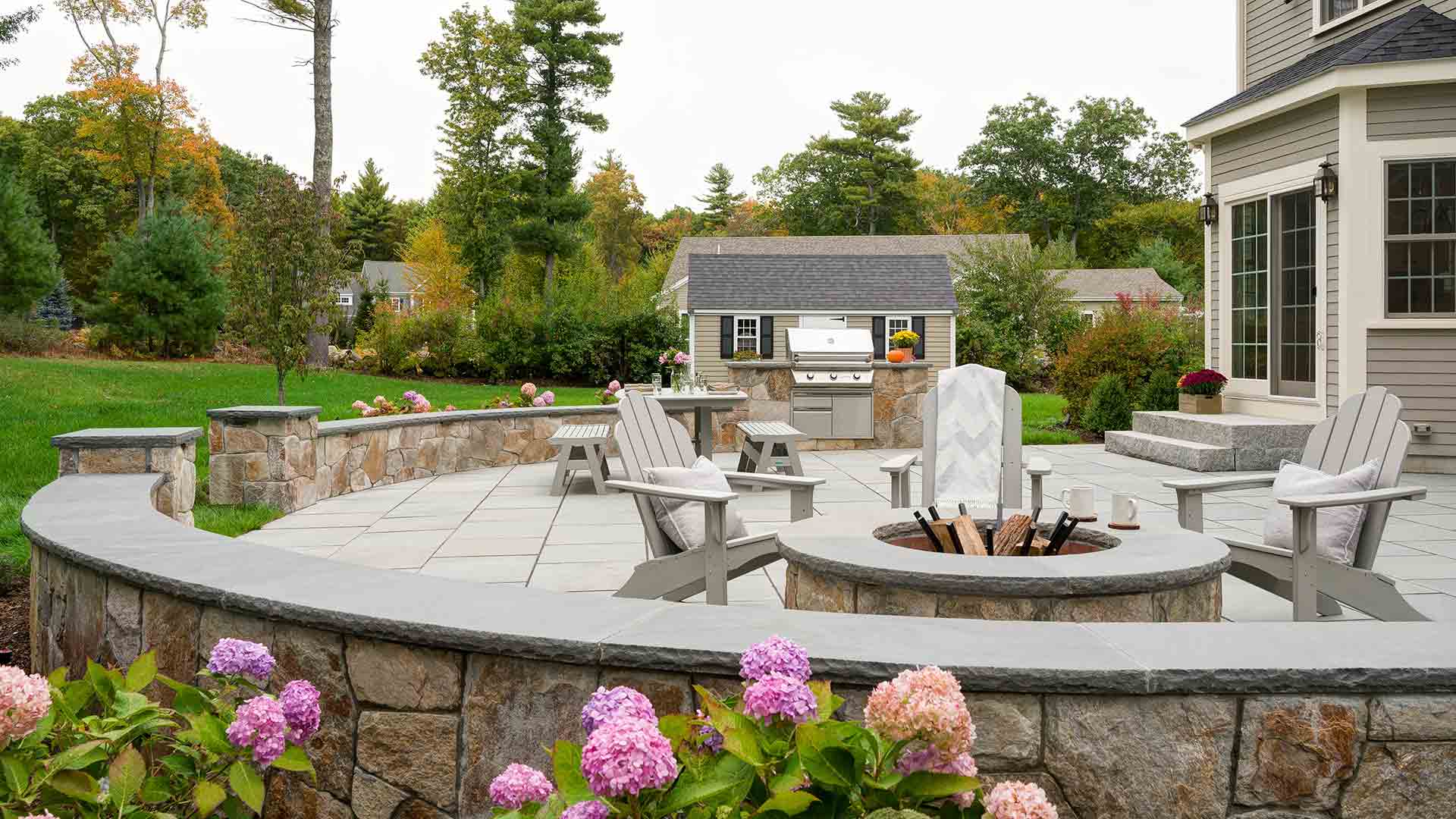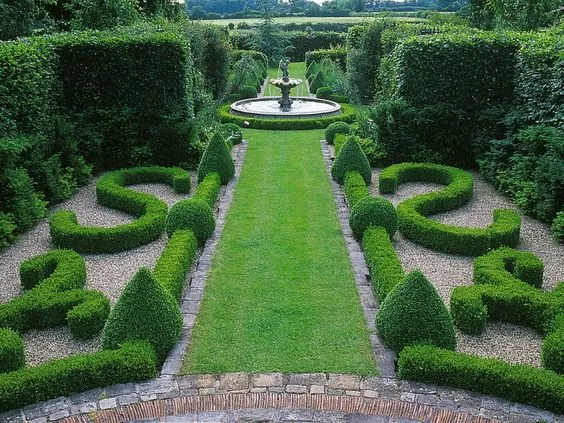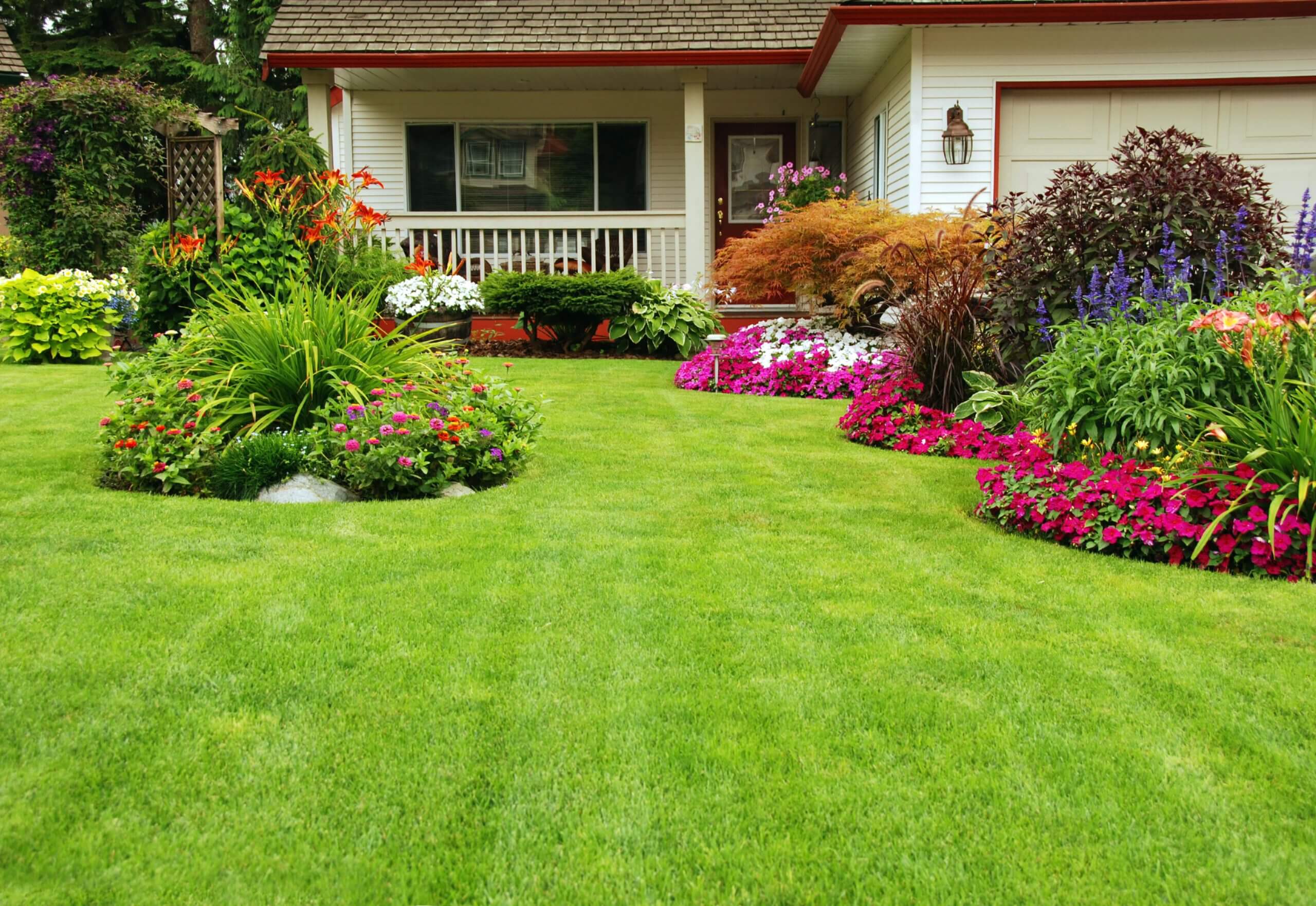Things about Landscapers
Wiki Article
The Main Principles Of Landscapers
Table of ContentsSome Known Questions About Landscapers.Landscapers Things To Know Before You BuyThe Only Guide for LandscapersThe Facts About Landscapers RevealedThe Best Strategy To Use For Landscapers
- A tree or shrub (bush) that loses its fallen leaves in winter. In the PNW there are semi-deciduous or semi-evergreen plants that might lose their leaves depending on just how cold the winter season is. Abelia and some hebe are good examples. Landscapers. - A flat event space, made of wood or composite material (made to appear like timber), usually surrounding or connected to a structure.

This is an all-natural procedure, and the outcome can be utilized for paths and patio areas. - Trick landscape features being recommended in a landscape design plan.
Landscapers Fundamentals Explained
These goals lead the style procedure, not the designer's design or preferences. Common layout objectives in Portland are low upkeep, drought tolerant, and animal pleasant.
Nonetheless, in time this layer can get very thick and make it tough for water, sunlight, and nutrients to obtain to sections of the turf.- The process of accumulating and managing the circulation of water on a building. This can be done with grading, French drains, completely dry wells, permeable surface areas, sump pump, rain yards, and more.
Residence at the bottom of hills, with natural springtimes, or complete of heavy clay have the most drainage problems.- A slow feeding irrigation system that uses flexible tubing and emitters to send an exact quantity of water to each plant. This is one of the most reliable method of irrigating plants. - The capability of a plant to endure without much summer water.
- A yard feature where water is represented by an aggregate stone item, normally a gravel or granite. These are most typically discovered in modern-day and Japanese garden design.- A stone or flagstone outdoor patio, course, or pathway developed without a concrete base. The base would be compacted gravel and the joints would be an aggregate or walkable ground cover.
Facts About Landscapers Revealed
- A rock keeping or free standing wall built without the use of mortar. - An underground structure that accumulate water and permits it to slow down percolate into the dirt around it.
Landscape design that is compatible with a sites' environment in both look and sustainability without unfavorable influences to the setting. Edging in the landscape is a line of separation that creates aesthetic interest in the yard by dividing one section from one more sector. This can be visual or practical, keeping one component (such as pea crushed rock) from getting mixed right into another (like bark dust).
Areas can also have a feeling of "unit" given by trees, various other growings, fencings, or displays. The landscape near the access to a building.
A plant that is foreign to the location where it will certainly be grown. Not all "exotics" are invasive or dangerous, and several can be well acted or drought forgiving (Landscapers). A mass growing of brushes. Thicker bladed turf yard that spread out through rhizomes.: The level of soil on your residential or commercial property before bark dust or garden compost is spread out.
9 Easy Facts About Landscapers Shown

The objective, reason, or action that a location is be landscaped for. Staircases operate, for instance, to permit foot traffic up and down an incline. Room for expanding plants for viewing, consuming, or exercise. A roofed building used over an outside gathering space. The sprouting of a seed, possibly describing a lawn that is being grown from seed.
Rock item, either rounded or fractured, look at this now that is relatively little- typically 1" or less. Reduced plants that are enabled or encouraged to spread over an area. Can describe any "hard" garden aspects consisting of statuary or stones however a lot of frequently is made use of to refer to courses, outdoor patios, and walls.: Elevation distinction between the degree of water in a fish pond (or the degree of the pump if it rests outside the fish pond) and the upper outlet of water which impacts performance of the water pump in gph (gallons per hour). Thick hedges or trees that develop a fencing, display, or limit.

Our Landscapers Statements
Typical PNW landscapes are informal. A plant that spreads out more than desired, or into environments where it does damages.Smart irrigation controller evaluations and recommendations below. 2-D making of the proposed irrigation system. Can include head positionings and protection, pipeline sizing, GPM specs, and products required to install this system. A watering plan is normally unneeded for domestic properties but prevails for industrial projects. Licensed specialist who creates landscapes, educated in design and style along blog with in gardening.
Landscape designers generally have much less education than Landscape Architects and are not certified. A completed landscape layout, detailing all aspects for the brand-new landscape.
Calcium material used to elevate the pH in dirt, which will make it much less friendly to moss. A water limited HDPE product utilized underneath ponds, streams and waterfalls in water features. Making use of several plantings of the same selection to complete a location in the landscape. This can lower maintenance and water usage in the garden.
Report this wiki page